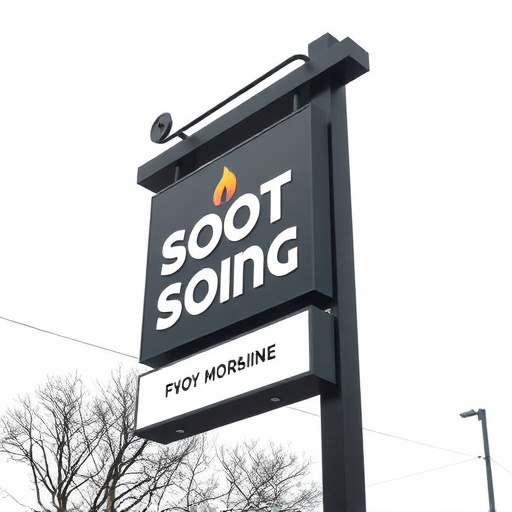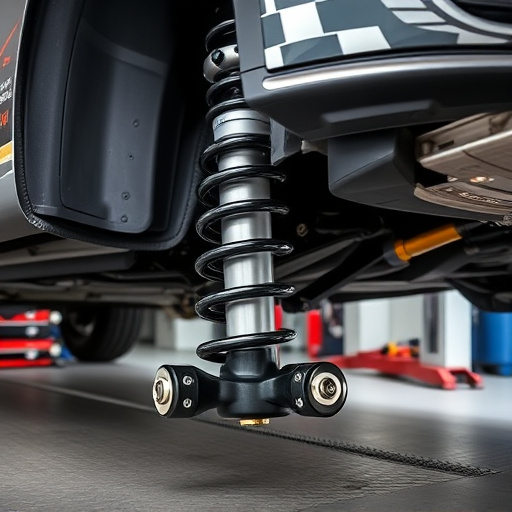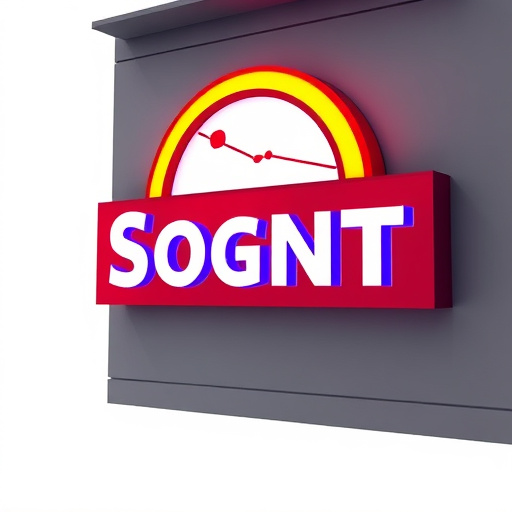Before signing off on any signage design installation, thorough understanding of client needs, meticulous site assessment, and precise measurements are crucial. Designers must align aesthetics with brand identity, target audience, and desired impact, considering lighting, structural integrity, and location challenges. This ensures captivating indoor/outdoor signs or vehicle branding (like PPF and vinyl wraps) that serve their purposes effectively, leaving lasting impressions.
“Unleash the power of professional signage with our comprehensive guide to the design and installation process. From initial pre-installation planning, where we delve into client needs and site assessments, to the creative stages of conceptualization and material selection.
We then navigate the installation, testing, and crucial maintenance phases, ensuring a robust and visually appealing final product. Discover the key steps, essential for successful signage design installation, that will transform your space.”
- Pre-Installation Planning and Preparation
- – Understanding client needs and goals
- – Site assessment and measurement
Pre-Installation Planning and Preparation

Before embarking on any signage design installation project, meticulous planning and preparation are paramount to ensure a seamless process and exceptional results. This initial phase involves assessing the client’s needs, understanding site-specific requirements, and creating a detailed plan that aligns with both aesthetic and functional goals. The team must consider factors like space constraints, lighting conditions, weather exposure, and target audience visibility to design signs that effectively communicate the brand or message.
Additionally, pre-installation preparation encompasses choosing suitable materials that are durable, weather-resistant, and reflective of the client’s branding. Applying protective coatings and scratch-resistant layers can further enhance the longevity and visual appeal of the signage, especially in environments prone to car customization or harsh weather conditions. This meticulous planning stage sets the foundation for a successful installation, guaranteeing that the final product not only meets but exceeds expectations.
– Understanding client needs and goals

Before initiating any signage design installation process, it’s paramount to forge a clear understanding of the client’s needs and aspirations. This foundational step involves in-depth conversations with the client to grasp their brand identity, target audience, and desired impact. By comprehending these aspects, designers can tailor solutions that not only meet but exceed expectations. Whether it’s for an indoor or outdoor setting, or even vehicle branding (including professional PPF installation and vinyl wraps), aligning the design with the client’s vision is key to a successful project.
Furthermore, considering the physical space and environment where the signage will be displayed is crucial. This includes assessing lighting conditions, structural integrity, and potential challenges unique to each location. Such meticulous planning ensures that the final product not only looks captivating but also serves its intended purpose effectively, leaving a lasting impression on viewers.
– Site assessment and measurement

Before initiating any signage design installation process, a thorough site assessment and measurement are crucial steps. This involves evaluating the physical location where the signs will be placed, considering factors like space availability, existing infrastructure, and environmental conditions. By accurately measuring dimensions and assessing lighting, visibility, and potential obstructions, designers can ensure that the proposed signs meet both aesthetic and functional requirements.
For instance, in the context of premium automotive services, a well-designed signage setup incorporating ceramic window tinting not only enhances the curb appeal but also provides UV protection for interiors. This meticulous site assessment guarantees that every element of the installation—from sign size to material selection—is tailored to deliver optimal visibility and durability under varying weather conditions.
In conclusion, a successful signage design installation process requires meticulous pre-installation planning and preparation. By thoroughly understanding client needs and conducting comprehensive site assessments, designers can ensure accurate measurements and optimal solutions. This strategic approach not only enhances the visual impact of signage but also aligns with clients’ goals, resulting in a standout and effective installation that captivates audiences.














